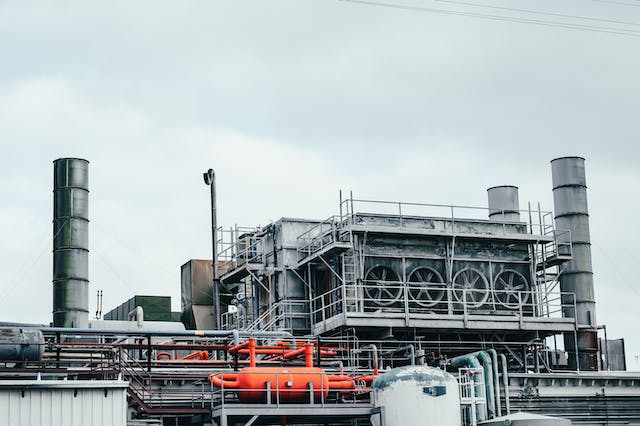In today’s fast-paced business landscape, uninterrupted power supply is crucial for maintaining seamless operations. Commercial enterprises rely heavily on sophisticated electrical systems to ensure the efficient functioning of their equipment and services. In this blog, we will explore the world of Commercial Power System, their components, benefits, and best practices for implementation.
Understanding Commercial Power Systems:
Commercial power systems are comprehensive electrical setups designed to meet the unique energy needs of businesses and enterprises. These systems are engineered to provide a reliable and constant power supply, minimizing downtime and ensuring continuity in critical operations.
Components of Commercial Power Systems:
- Power Generators: Commercial power systems often incorporate backup power generators to guarantee a continuous electricity supply in the event of grid failures or blackouts. These generators can run on various fuels such as diesel, natural gas, or propane.
- Uninterruptible Power Supply (UPS): UPS systems act as a bridge during the transition between the main power source and the backup generator. They provide a seamless transition, preventing any disruptions caused by brief power outages.
- Transfer Switches: Transfer switches are essential components that automatically shift the power source from the main grid to the backup generator when an outage occurs. This ensures a smooth transition without manual intervention.
- Power Distribution Units (PDUs): PDUs manage and distribute electrical power within a facility. They play a critical role in optimizing the efficiency of power usage, ensuring that electricity is directed precisely where it is needed.
Benefits of Commercial Power Systems:
- Minimized Downtime: The primary advantage of commercial power systems is the reduction of downtime. By seamlessly transitioning to backup power sources during outages, businesses can continue operations without disruption.
- Protection of Critical Equipment: Commercial enterprises often house expensive and sensitive equipment. Power systems help protect this equipment from potential damage caused by power fluctuations or sudden outages.
- Cost Savings: While the initial investment in a commercial power system may seem significant, the long-term cost savings are substantial. Avoiding downtime, protecting equipment, and minimizing losses during outages contribute to a positive return on investment.
- Enhanced Reliability: Commercial power systems are designed for reliability. Regular maintenance and monitoring ensure that these systems are always ready to provide backup power when needed.
Best Practices for Implementing Commercial Power Systems:
- Customized Design: Work with experienced professionals to design a power system tailored to your business’s specific needs. Consider factors such as the size of the facility, power requirements, and the nature of the equipment being used.
- Regular Maintenance: Implement a routine maintenance schedule to keep all components of the power system in optimal condition. This includes testing generators, inspecting transfer switches, and monitoring UPS systems.
- Staff Training: Ensure that relevant personnel are trained to operate and troubleshoot the power system. This knowledge is crucial for a quick response in case of an emergency.
- Emergency Response Plan: Develop a comprehensive emergency response plan that outlines the steps to be taken in the event of a power outage. This plan should include procedures for safely transitioning to backup power and resuming normal operations.
